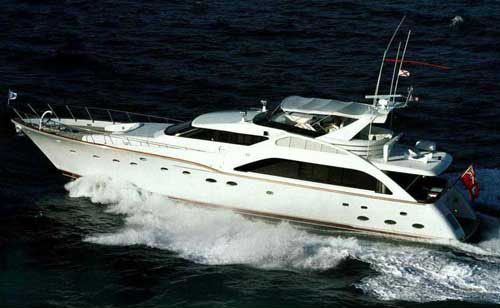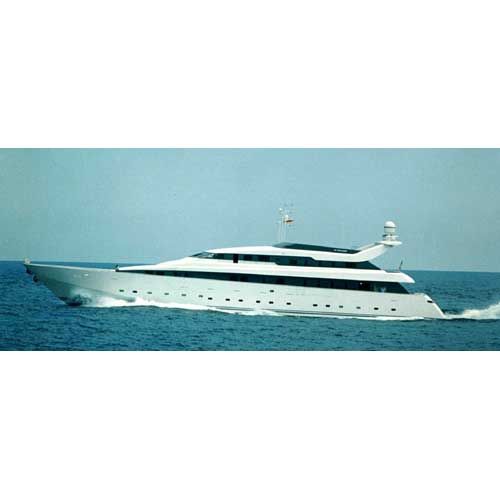 Thanks: 0
Thanks: 0
 Likes: 0
Likes: 0
 Needs Pictures: 0
Needs Pictures: 0
 Picture(s) thanks: 0
Picture(s) thanks: 0
Results 1 to 7 of 7
Thread: Stitch and Glue?
-
6th December 2009, 11:18 PM #1
 Intermediate Member
Intermediate Member











- Join Date
- Nov 2009
- Location
- Perth
- Posts
- 32
 Stitch and Glue?
Stitch and Glue?
Hello,
I have heard some designers speak of hull skins made with multiple layers of ply.
My question is, how do you do a multi layered ply with stitch and glue?
Is each layer epoxied onto the one beneath it?
Or do you not need epoxy between each layer, just on the edges?
THanks
-
6th December 2009 11:18 PM # ADSGoogle Adsense Advertisement
- Join Date
- Always
- Location
- Advertising world
- Posts
- Many
-
7th December 2009, 12:08 AM #2
 Deceased
Deceased











- Join Date
- Dec 2007
- Location
- Guernsey Channel Islands UK
- Age
- 54
- Posts
- 307

on my Surf Scoter the sides are 1/2" ply and the bottom needs to be 3/4" thick but there is no way you would be able to bend the 3/4" to the shape required in the stich and glue method, so to make it easier the bottom is first stiched to the sides using 1/2" ply and once the hull has been filleted another layer of 1/4" ply is cold moulded to the bottom to bring it to the requied thickness, you need to epoxy the 1/4" ply sheets to the bottom of the hull and aply even pressure to ensure the two sheets of ply bcome bonded as one.
-
7th December 2009, 06:56 AM #3

There are several methods that use multiple layers of plywood or solid wood veneers. You don't have to use epoxy, though it's the easiest glue to use, because it permits mistakes, gaps, wide temperature swings, etc., which other glues may not.
Other then bulking up hull skin thickness as described above, many of these methods produce round bilge shapes, instead of the hard chine shapes of stitch and glue. Round bilge shapes are much more pleasant to look at and offer a softer ride too.
-
7th December 2009, 08:24 AM #4

... and generally less efficient for planing boats

(oooops ... at planing speeds!)
-
7th December 2009, 10:27 AM #5

Well, that's true to a degree, but at lower S/L ratios (still up on plane), the round bilge is the better boat. If you want to really blast alone though, you'll need chines.
-
8th December 2009, 12:40 PM #6

I will go with chines if the power is low and planing is desired. (this could be never ending!)
MIK
-
9th December 2009, 10:26 AM #7
 Yacht/Power boat designer
Yacht/Power boat designer











- Join Date
- Dec 2008
- Location
- Bundaberg
- Posts
- 130

Whilst working for Tom Fexas Yacht Designs as a Naval Architect, all their power boats were designed to operate in speed to length ratios of between 2 to 3. All had chines and all we're Test tanked for maximum efficiency at those speeds.
As you say though Mike, this discussion could be never ending as to the pro's and con's.

 <a href="http://www.bowdidgemarinedesigns.com/">Mark's
<a href="http://www.bowdidgemarinedesigns.com/">Mark's
Boat Plans</a>
Similar Threads
-
stitch and glue pdracer
By killjug in forum Michael Storer Wooden Boat PlansReplies: 9Last Post: 15th November 2009, 12:23 AM -
Stitch and glue no 2
By Arron in forum BOAT BUILDING / REPAIRINGReplies: 1Last Post: 24th August 2009, 12:17 PM -
questions about stitch and glue technique
By Arron in forum BOAT BUILDING / REPAIRINGReplies: 6Last Post: 22nd April 2009, 10:35 AM -
stitch and glue kayak
By andrew29 in forum KAYAK & CANOE BUILDINGReplies: 4Last Post: 16th May 2007, 08:30 AM -
stitch and glue kayak
By andrew29 in forum GLUEReplies: 19Last Post: 28th February 2006, 03:13 PM




 Reply With Quote
Reply With Quote
